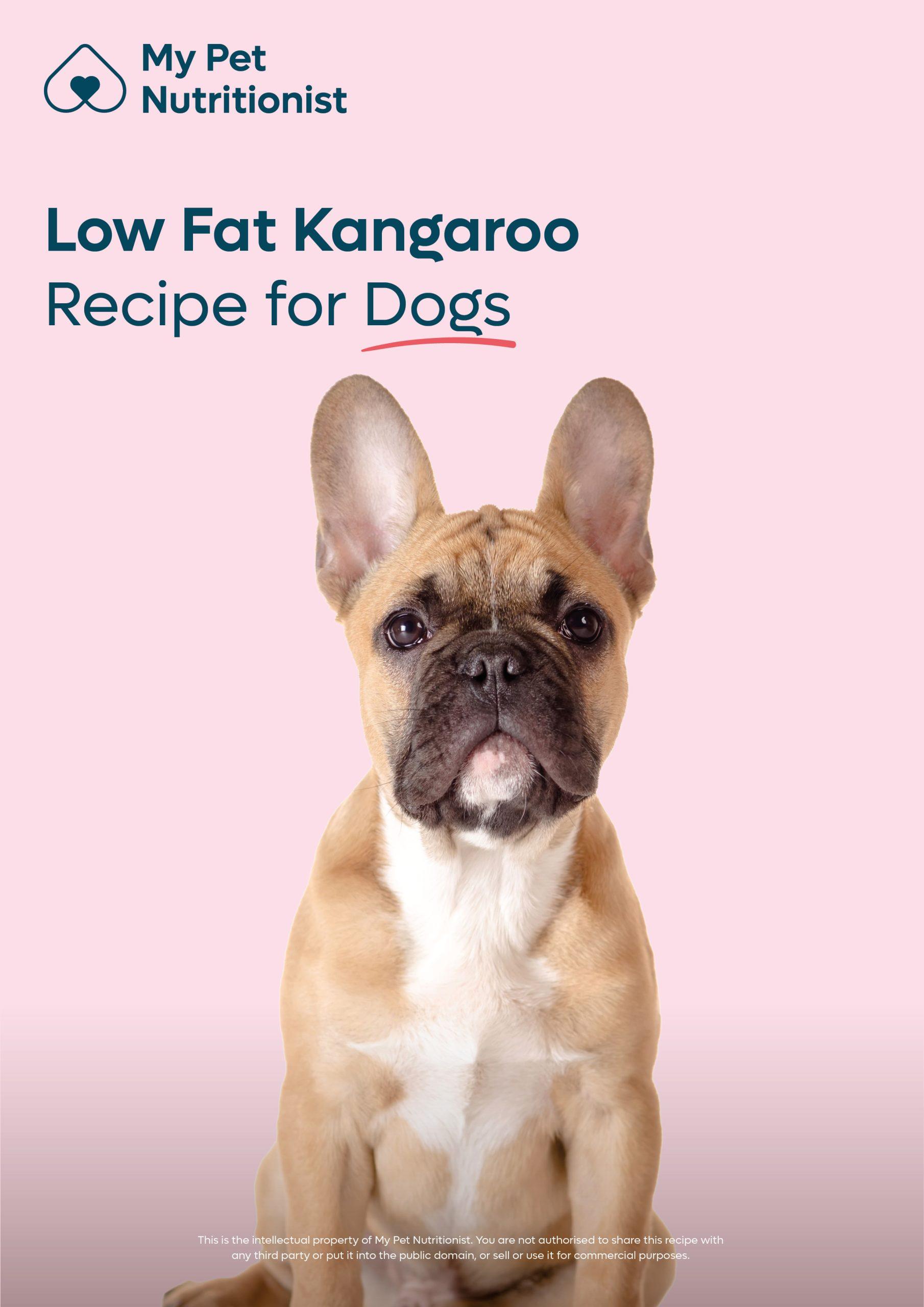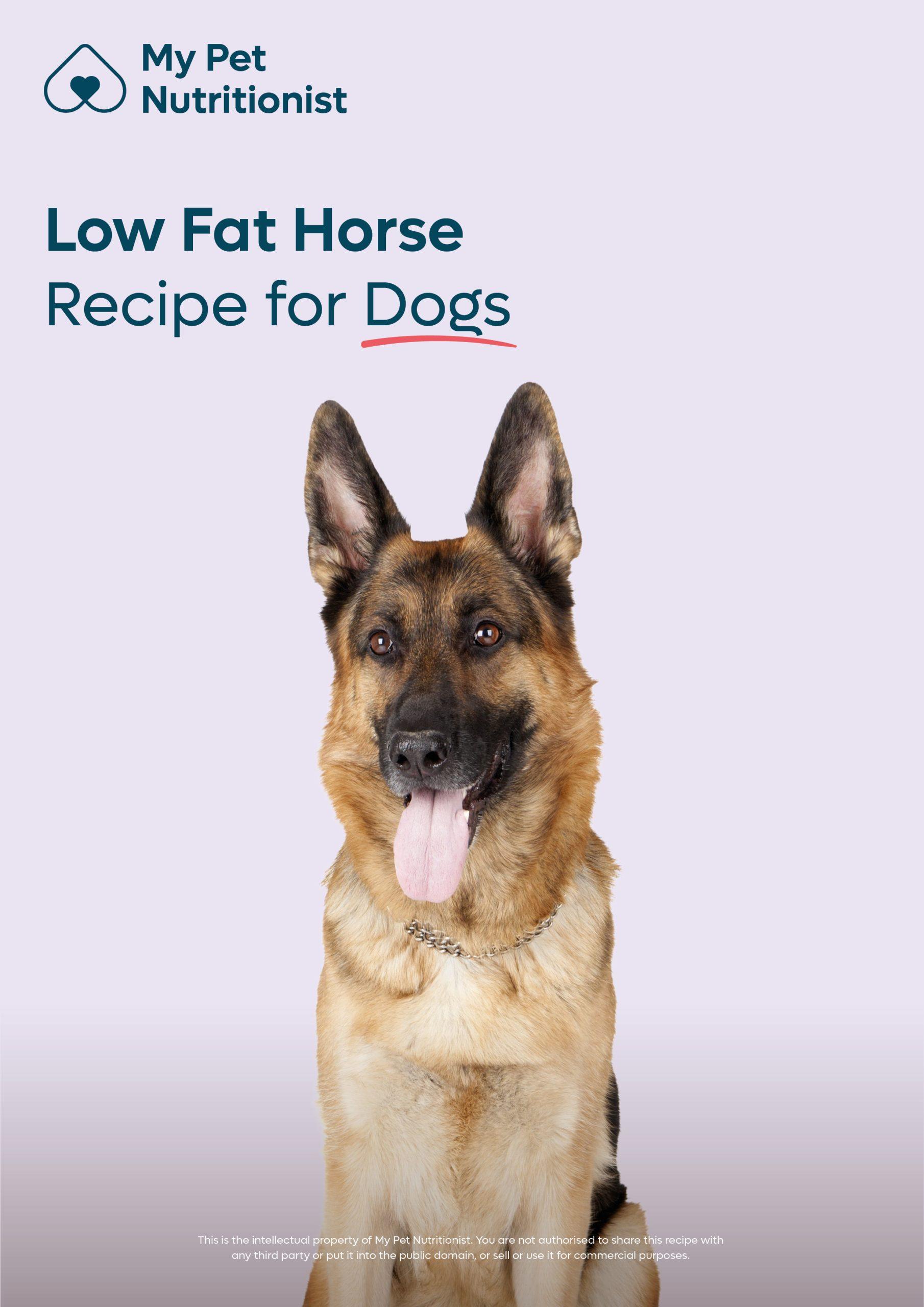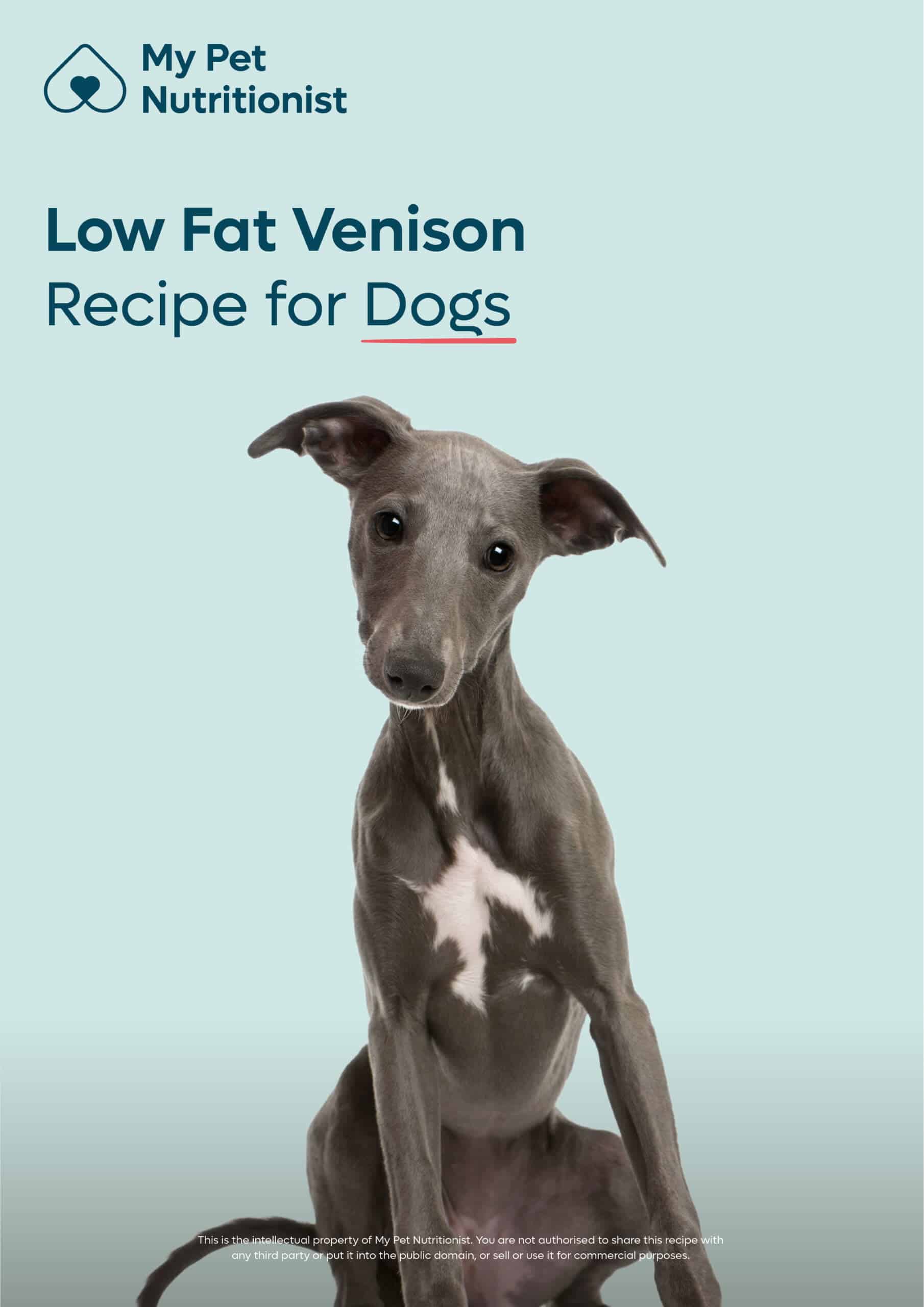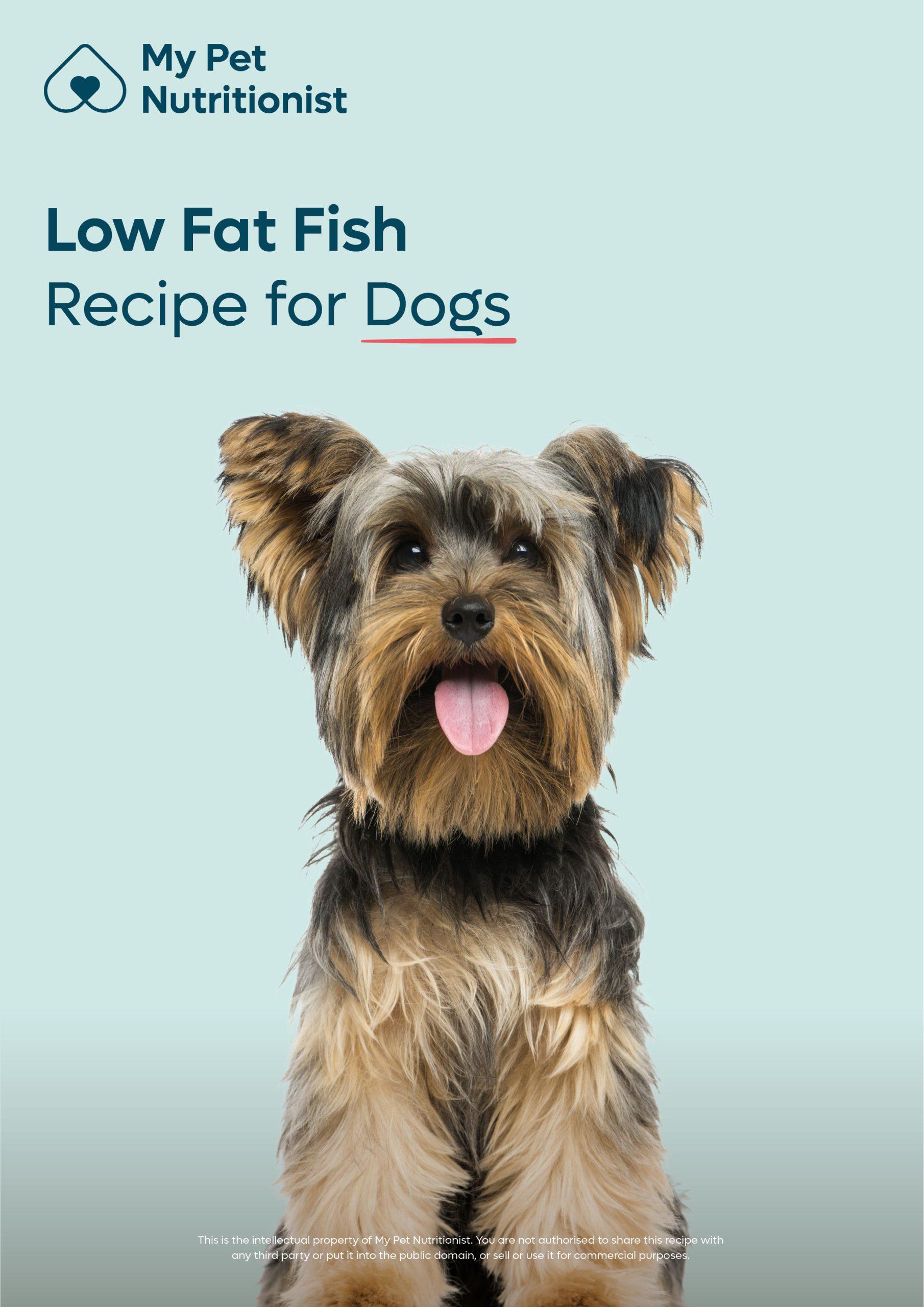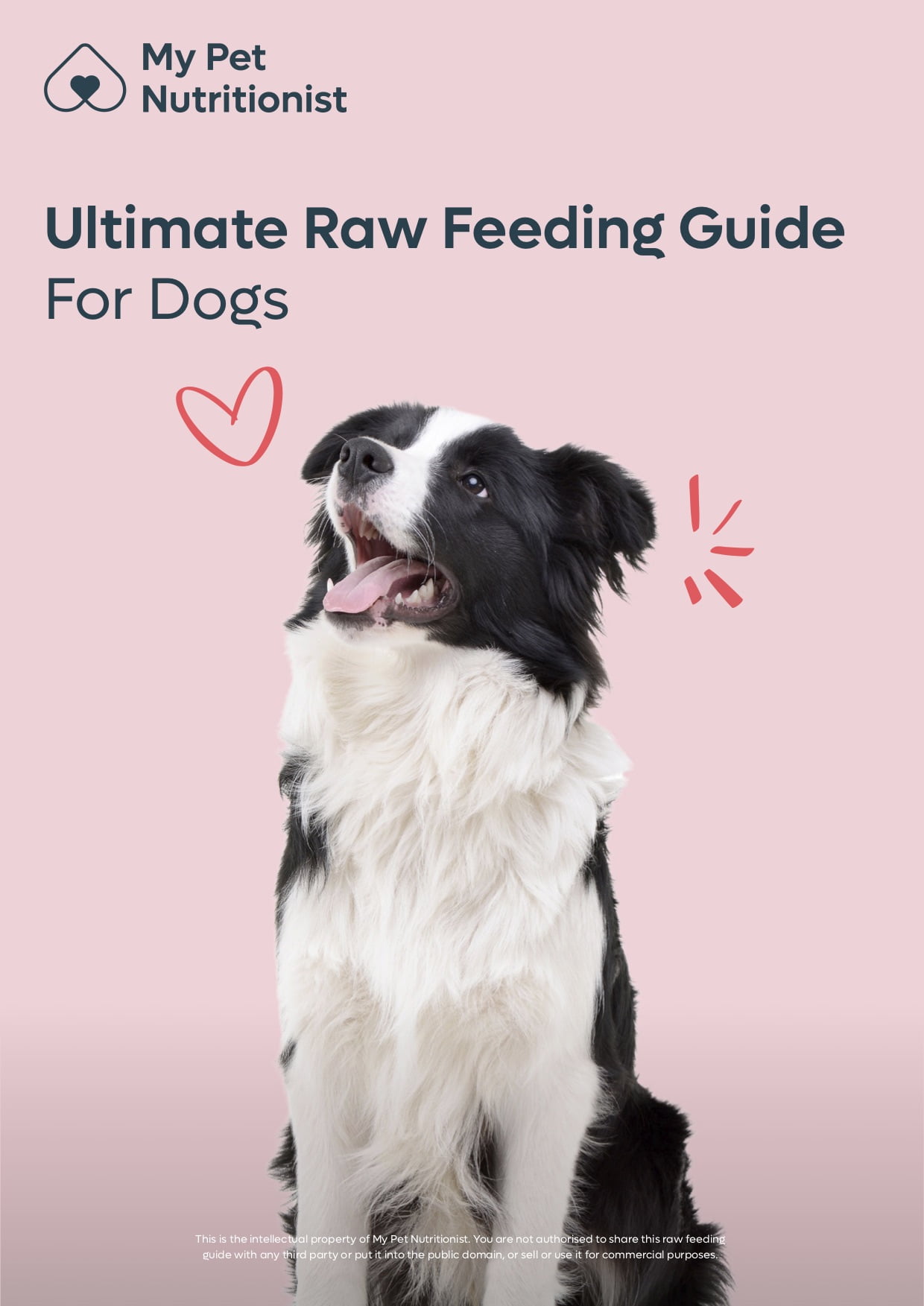-
£29.99£29.99£119.00£19.99£6.99
Cart
8
Cart
8


 Read Now
Read Now
 Read Now
Read Now
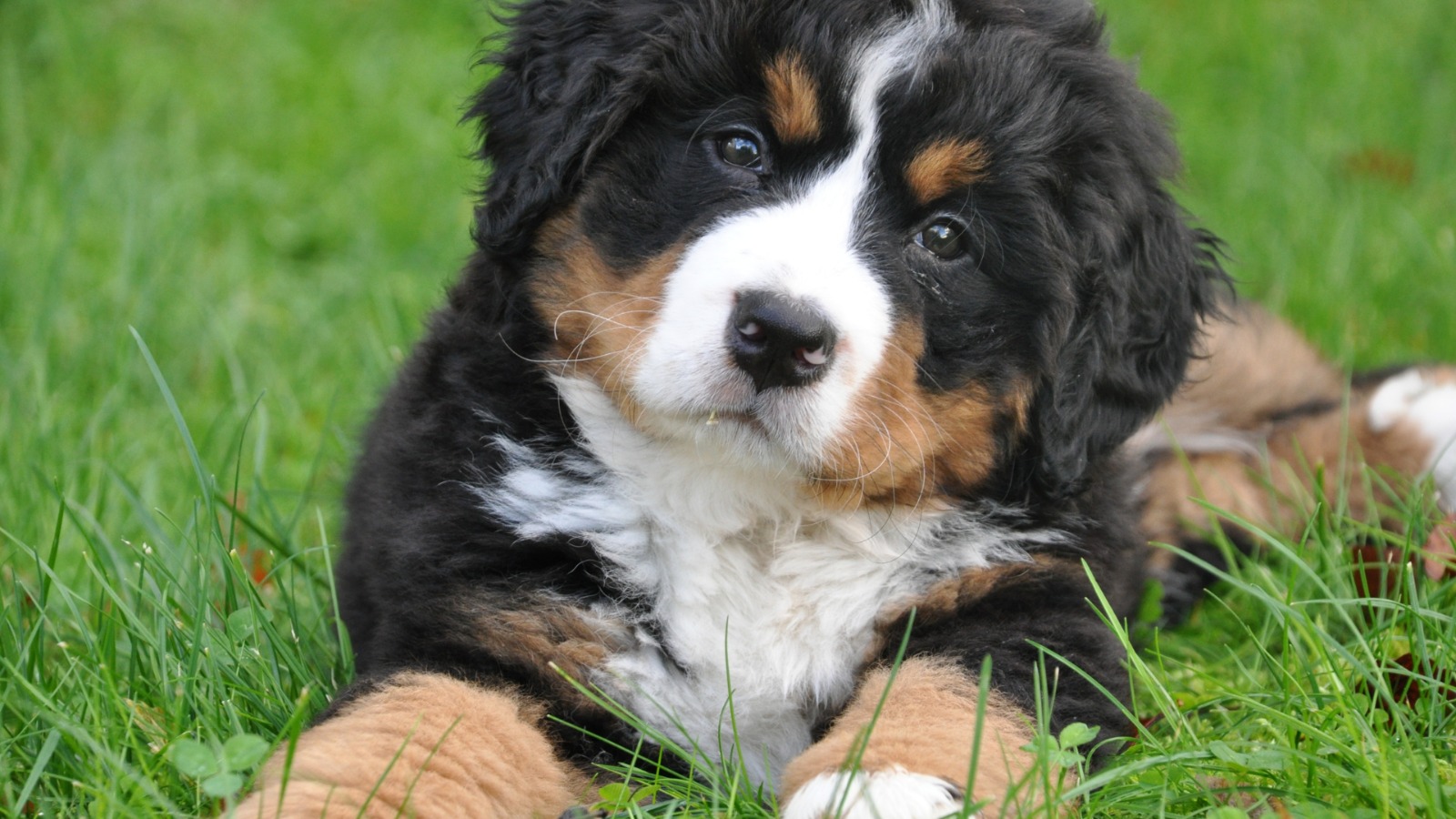 Read Now
Read Now
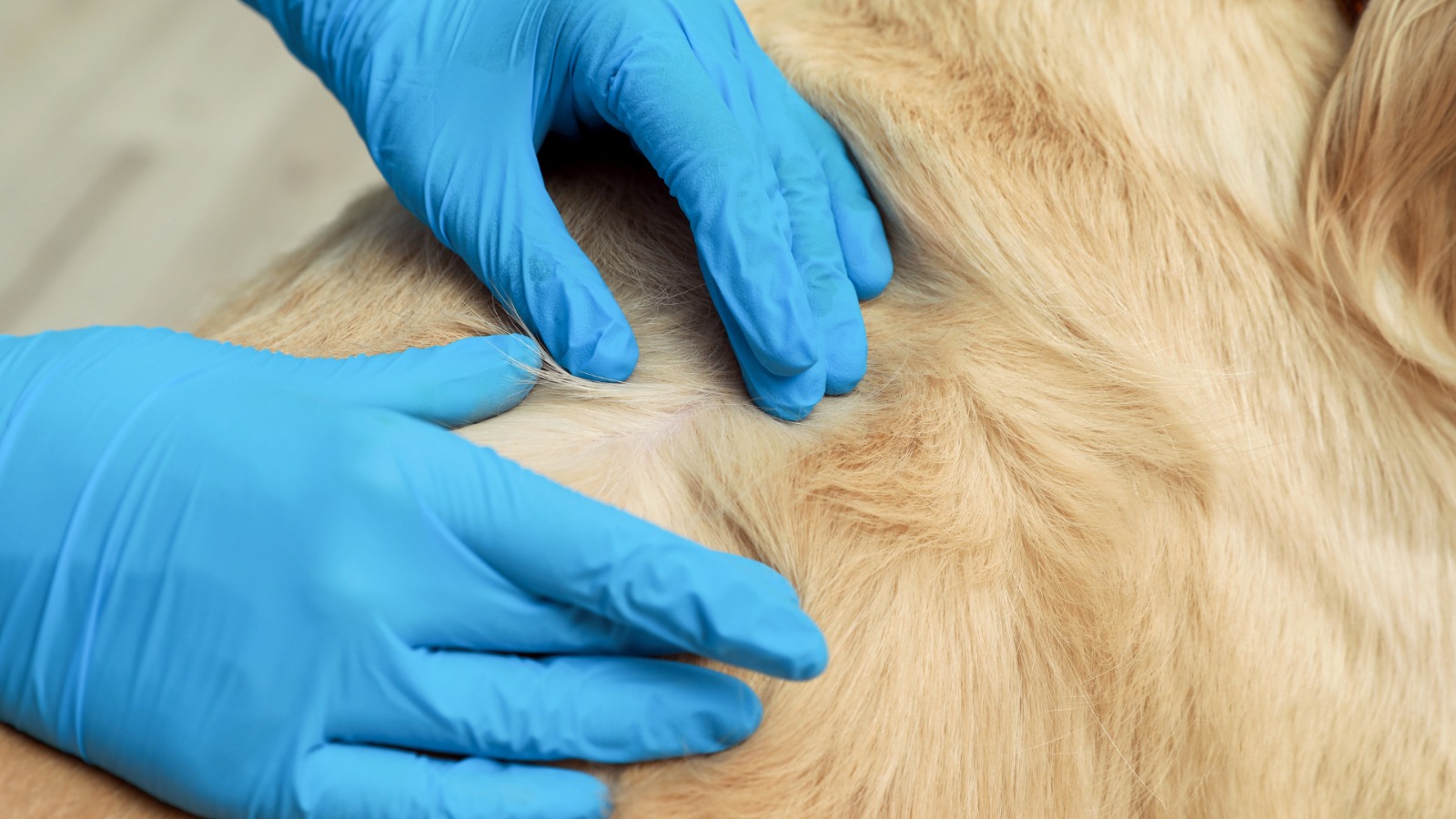 Read Now
Read Now
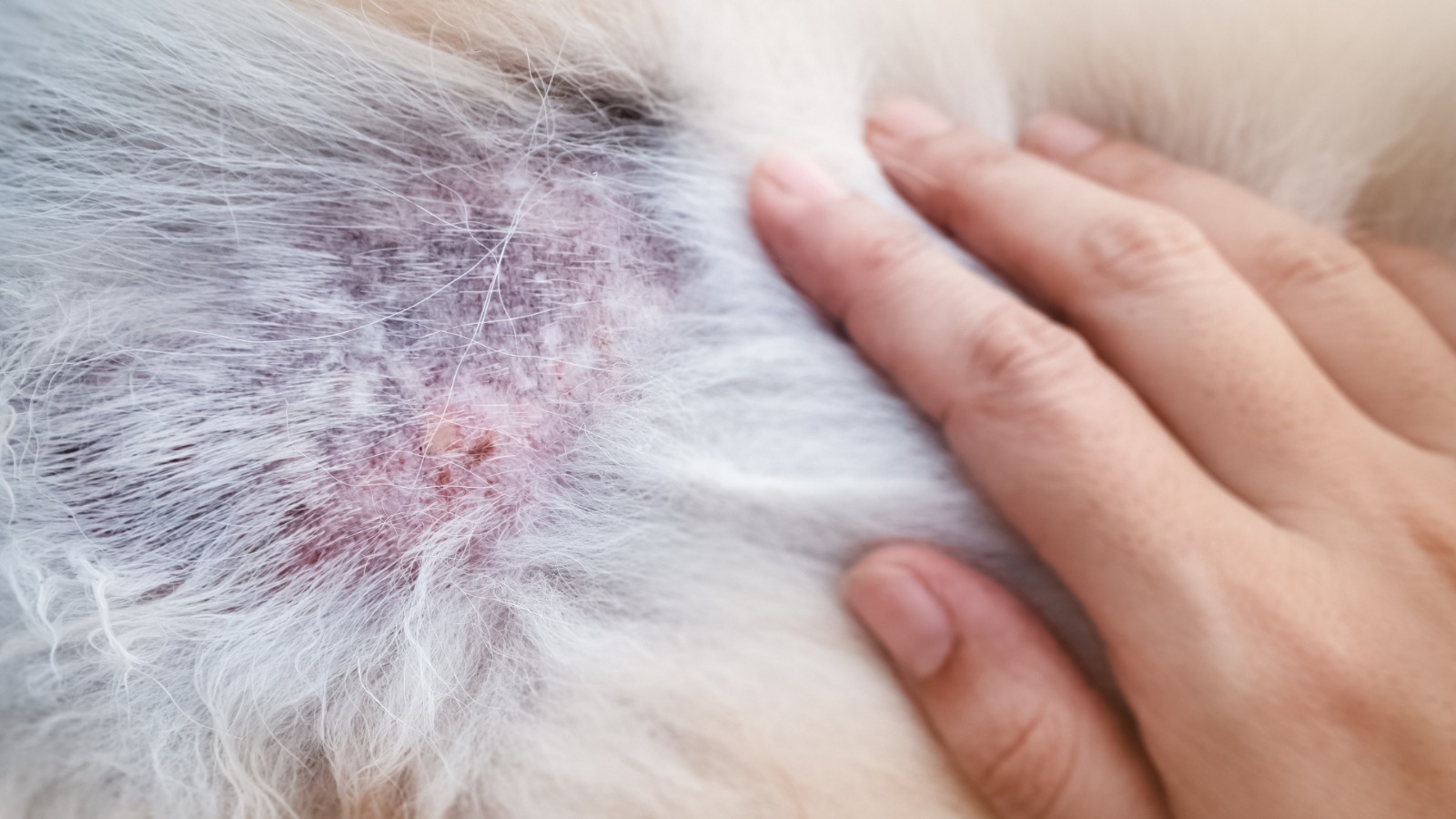 Read Now
Read Now
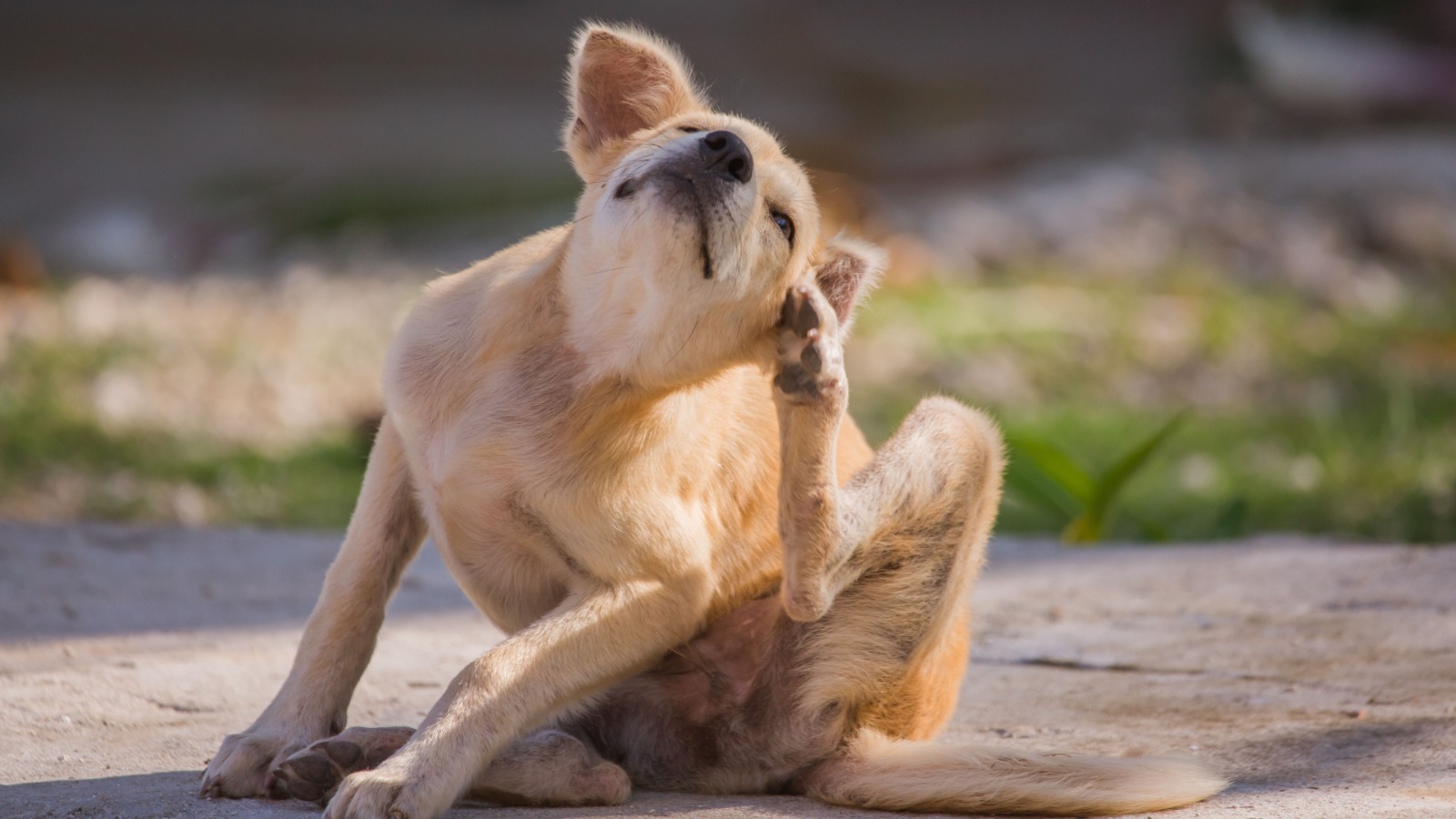 Read Now
Read Now
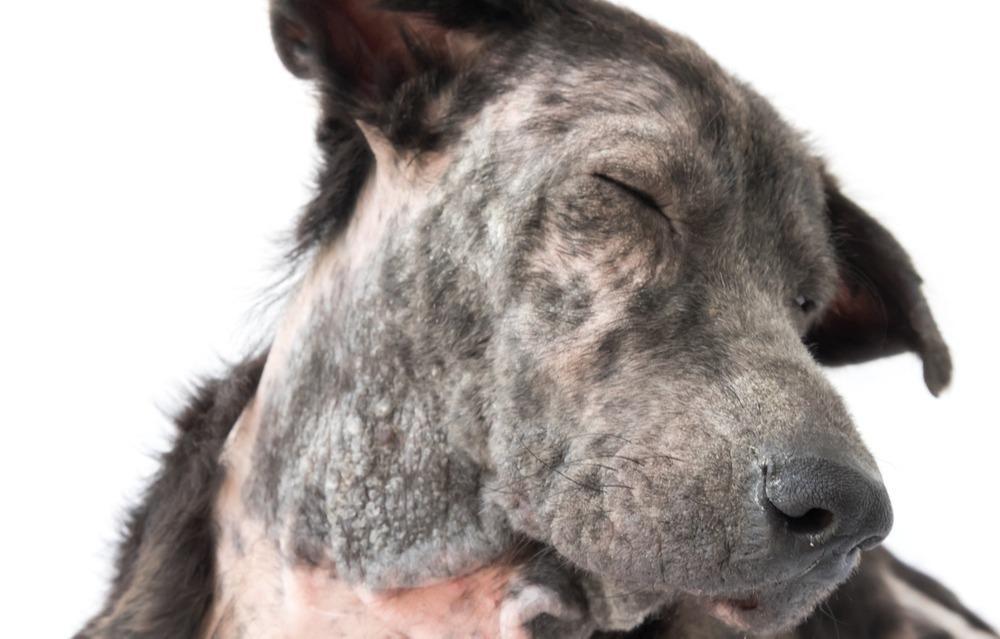 Read Now
Read Now
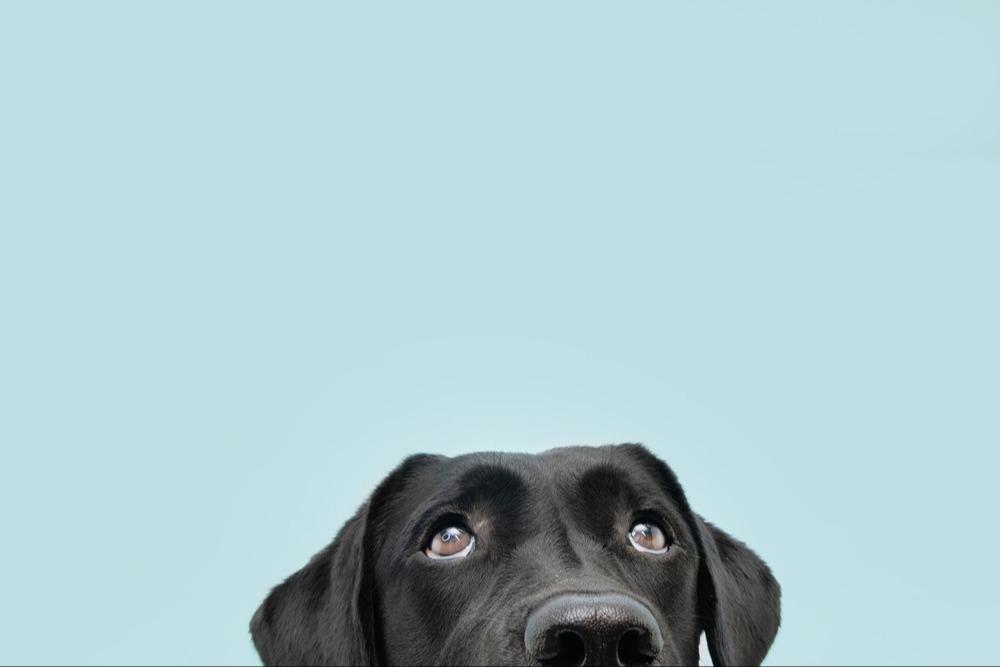 Read Now
Read Now
 Read Now
Read Now
 Read Now
Read Now
 Read Now
Read Now
 Read Now
Read Now
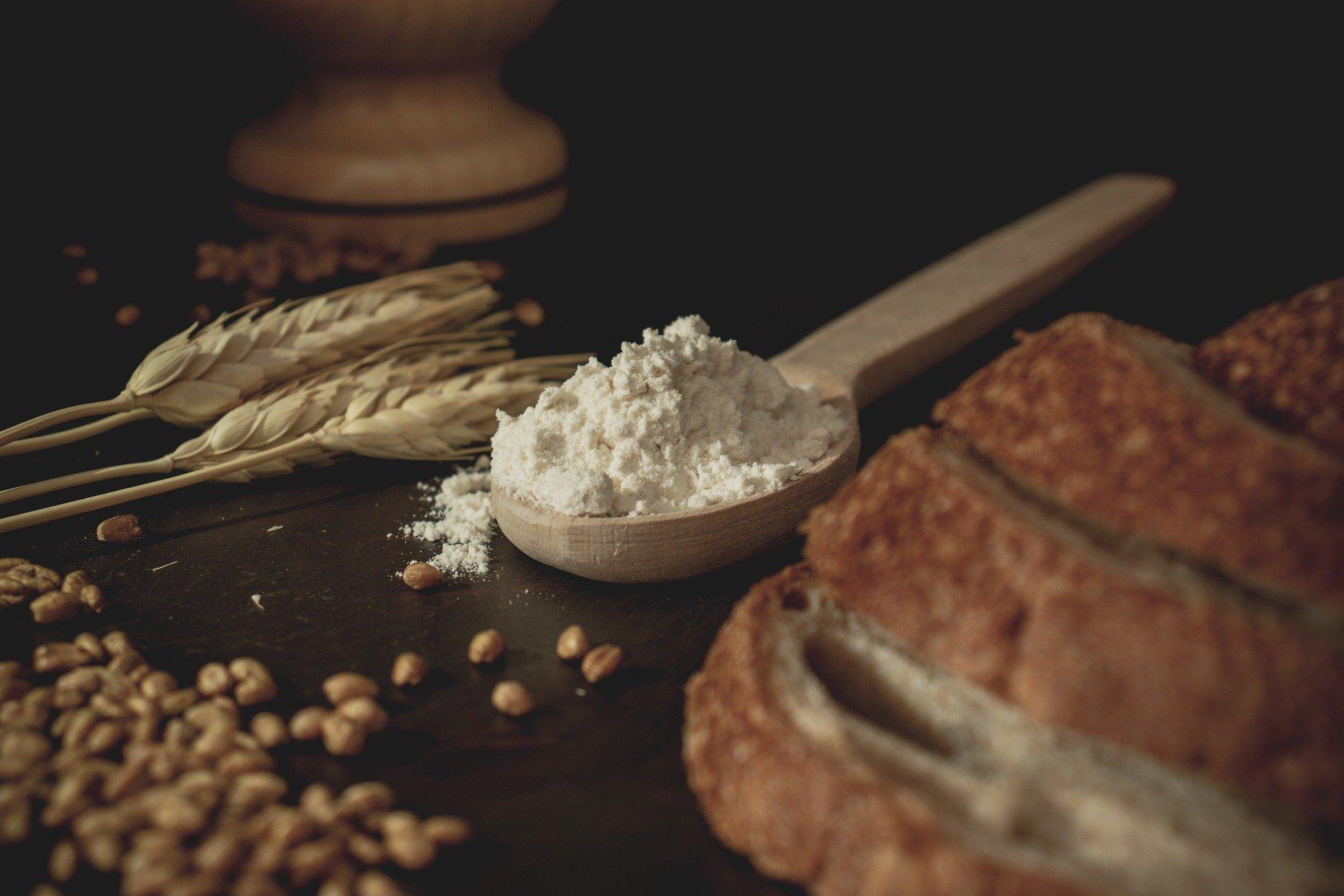 Read Now
Read Now
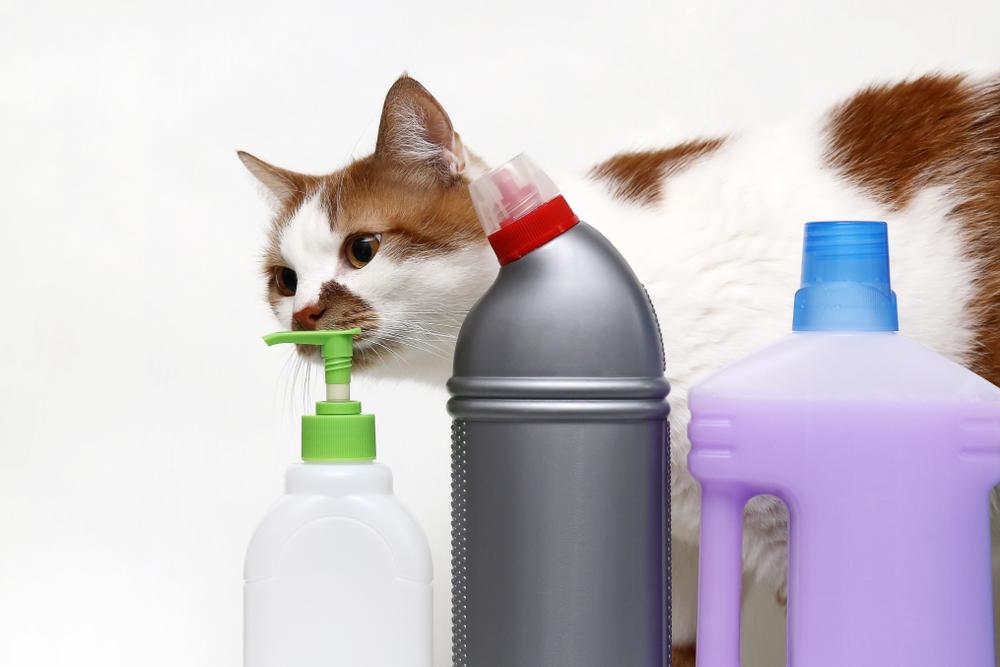 Read Now
Read Now
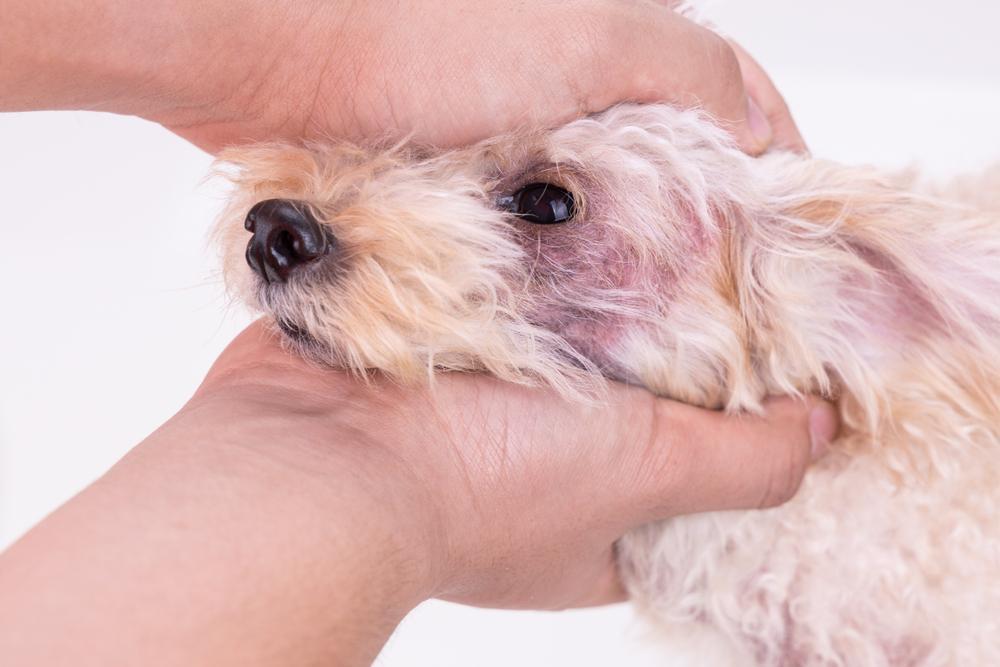 Read Now
Read Now
 Read Now
Read Now
-
£29.99£29.99£119.00£19.99£6.99

5 Top Tips for Skin Health in Your Dog
- December 8, 2020
- 9 min read
Here at My Pet Nutritionist, skin issues are one of the most common complaints from dog owners. Whilst there are a number of factors that can result in not-so-comfortable skin for your companion, there are also some top tips that can start you off the right foot. So, let’s take a look at the skin in a little more detail and what can do to promote its health.
The skin is the largest organ of your dog’s body. It consists of three major layers:
The Epidermis – (Epi – upon or above) this is the outer layer of skin, the protective layer.
The Dermis – the dermis supports and nourishes the outer layer. It provides strength and elasticity. Here you will find collagen fibres, sweat glands, sebaceous glands, and hair follicles. You will also find cells that release histamine and other inflammatory mediators when faced with an allergy or injury.
The Subcutis – (sub meaning under or below) this in the innermost layer of the skin, where you will find fat and muscles. Subcutaneous fat provides insulation, padding and storage for reserve energy.
Not only does the structure of the skin prevent water and electrolyte loss to help maintain body homeostasis, but it forms a protective barrier which helps protect against infections, parasites, and the elements.
This is the often-forgotten role of the skin –that it forms part of the immune system.
We have three lines of defence in the immune system:
The first line of defence are the physical barriers, the skin and mucous membranes of the gut and respiratory tract.
The second line of defence is defined as innate immunity. This system surveys and neutralises pathogens by mounting an inflammatory response. This system communicates with the third line of defence which is adaptive immunity.
Adaptive immunity provides a specific and tailored response, deploying T and B cells.
Ultimately, for us, or our dogs to survive and thrive, we, and they need robust immune defences, so it makes sense to want to strengthen our first line as much as possible.
1) Sleep!
In the dermis of your dog’s skin, you will find connective tissue which contains collagen. Collagen fibres play a vital role in maintaining structural integrity and it is supported by hyaluronic acid (in ageing human, skin hyaluronic acid is often absent leading to the presence of fine lines and wrinkles). Cortisol, however, significantly decreases the synthesis of hyaluronic acid.
Findings here
Not only does low sleep duration influence the perception of stress for days following, but sleep deprivation is in fact a form of neurobiological and physiological stress (or torture, for us at My Pet Nutritionist).
In 1894, Marie De Manaceine was fascinated with sleep deprivation. She had established that mental disturbance resulted from partial insomnia, but she wanted to know more.
So, in her Lab, she recruited puppies. 10 to be specific; aged 2, 3 or 4 months old. Whilst they continued to be fed by their mother, she kept them in constant activity. In short, she deprived them totally of sleep. After 96-120 hours, the puppies were irreparably lost. We shed a tear when we read this!
What is interesting (despite it being macabre), is that when puppies were starved, they could be saved after 20-25days. This wasn’t possible when they were sleep deprived.
Marie found that sleep deprivation significantly affected the puppy’s brains. When they were starved, the brain was left almost spared. But, in the absence of sleep; fat degeneration, blood vessel abnormalities and haemorrhaging occurred.
Findings here
In a world that never sleeps, both us and our dogs really need to. Adult dogs, in a laboratory setting, when left, will sleep on average for around 13 hours per day. Puppies can sleep anywhere between 18-20 hours per day. Dogs are diurnal, meaning they are active during daylight hours. Rest occurs during dark periods with activity increasing the two hours before light.
Dogs have a natural rest period around noon and then reduced activity during the afternoon.
Findings here
Interestingly, the experiences that your dog has, can affect the type and quality of sleep they experience. Studies have found that after a negative experience, dogs will fall asleep more quickly. It is thought that this is a protective sleep, in response to stress. This should be in the forefront of your mind. It is all too easy to attribute an “exhausted” dog to the busyness of the day. Be mindful, their sleeping habits could be more indicative of their experience.
Findings here
Sleep is vital for your dog’s overall health, but also in helping their body synthesise the compounds it needs to build a robust skin. Build in plenty of rest time for your dog, at the times they would naturally do so.
2) Feed Fresh Food!
We probably sound like a stuck record here at My Pet Nutritionist, but fresh really is best! Processed, high glycaemic index foods wreak havoc with skin! There are a few different reasons, but glycation is one of them.
Glycation is the modification of proteins or lipids after exposure to sugars. You may notice them referenced as AGEs, advanced glycation end products.
It is clear that foods ranking high on the glycaemic index result in a higher accumulation of AGEs. Not only that, but maillard reactions, those generated in the heat processing of foods, also result in AGEs. Another reason why we don’t recommend dry foods/kibble, due to carbohydrate content and heating processes.
Findings here
High food intake is also associated with increased AGE load. Dietary restriction is deemed to slow down glycation of proteins in the body. The terminology is key – dietary restriction was simply not allowing free-access to food. This is particularly relevant for those dogs who are offered grazing opportunities throughout the day. Mealtimes are essential!
As an aside, maillard reactions are also known to reduce the bioavailability of amino acids. As we know, amino acids are the building blocks of all proteins, including the most abundant fibrous proteins in the skin like keratins, collagen, and elastin.
3) Diversity is key!
When we mention the microbiome, most make the connection to the gut (the good bacteria in the gut). But there is in fact one for the skin too! This is simply defined as the community of microorganisms, from bacteria to virus, archaea to fungi.
What puppy is then exposed to will help populate his skin microbiome. From his environment to what he ingests. We know that dysbiosis in the gut (bad bacteria) is more likely to result in skin dysbiosis, leading to conditions like atopic dermatitis and psoriasis. Nutrition, medication, and antibiotic use all impact the gut microbiome.
We know that ingestion of pesticides affects the gut microbiome, but environmental pesticides, those sprayed in walking areas make direct contact with the skin microbiome. Good bugs keep the bad bugs in check, but if pesticides wipe the good bugs too, we’ve lost another line of defence!
Shampoos and colognes, along with leave in conditioners all have direct contact with the microbial community on your dog’s skin, but also consider the products used in the home; when he lies in the bed that has just been washed or leaning up against the fabric sofa just sprayed with odour neutraliser.
Findings here
We also know there are some interesting research papers on phenolics (found in olive oil, green tea and chamomile for example), that not only support the gut microbiome but have a protective role in skin health (a win win).
Findings here
4) Essential Fatty Acids.
In a series of studies in the early 1900s, rats were fed a diet completely devoid of fat. These rats developed visible skin abnormalities, increased water loss across the skin and other body-wide issues. However, when PUFAs were introduced into the diet, these defects were reversed.
The skin, especially the epidermis, is organised into layers with a distinctive lipid composition. Linoleic acid (LA) is the most abundant PUFA present in the epidermis.
The presence of LA directly correlates with barrier function of the skin. The main sources of LA are vegetable oils, nuts, seeds, meats and eggs.
However, as LA is an omega-6 fatty acid, there are concerns that the high dietary intake of it increases the incidence of chronic disease. This is because arachidonic acid (AA) can be synthesised from LA and AA, is an inflammatory mediator. Following injury or irritation, AA is released leading to the formation of eicosanoids.
Eicosanoids are products of the oxidation of the omega families; they are collectively known as prostaglandins, thromboxanes and leukotrienes.
– Prostaglandins are a group of lipids made at sites of tissue damage or infection. They control inflammation, blood flow and the formation of blood clots.
– Thromboxane is a substance made by platelets which causes blood clotting and constriction of blood vessels. – Leukotrienes are pro inflammatory molecules; more commonly noticed for their role in allergy response. They are released when the body encounters an allergen or trigger; they cause tightening of airway muscles and the production of excess mucus and fluid.
Eicosanoids play an important role in the body, they modulate many processes including reproduction, blood pressure, haemostasis (the process to prevent and stop bleeding) and inflammation.
Inflammation is an important weapon in our arsenal, but we’re back to Goldilocks again. We need just enough to control disease and limit pathology.
Omega-3 fatty acids can replace AA, resulting in fewer AA derived eicosanoids. So, whilst LA is key to skin health, the balance from omega-6 to 3 is vital.
5) Haar and Haut!
Known as Vitamin H, for Haar and Haut (hair and skin), we know it more commonly as vitamin B7, or Biotin. One of the B vitamins, Biotin helps the body convert food into energy. Specifically, biotin is involved in gluconeogenesis, which as we know is the synthesis of glucose from non-carbohydrate sources. Biotin is also involved in fatty acid synthesis, which as we have just established, is key in skin health! Finally, biotin is involved in amino acid breakdown. Deficiency of biotin has been associated with immune depression and reduced collagen synthesis (another important factor in skin health). What is also interesting is that biotin deficiency is also associated with zinc deficiency, and we know that zinc is a key player in skin health and cell replication.
Findings here
Findings here
Many foods contain biotin, so opt for organ meats, eggs, fish, meat, seeds and nuts. Fruits like raspberries also contain biotin, and vegetables like sweet potato.
There are however some concerns that egg whites contain avidin which binds to biotin, making it unavailable for intestinal absorption. Deficiency has occurred when over 30% of the diet consists of raw eggs. So, like all things, moderation is key.
Summary
Whilst there are many factors that can result in a range of skin issues in the dog, there are certainly things that can promote overall skin health, from ensuring your dog gets the sleep he needs, to feeding a fresh, unprocessed diet with plenty of variety and clean filtered water. The variety ensures he is getting the nutrients he needs to support skin structure and health, from essential fats to key vitamins and minerals.
If your dog is suffering with a complex skin issue, then please book a consultation here.
Thanks for reading!
MPN Team x
The skin is the largest organ of your dog’s body. It consists of three major layers:
The Epidermis – (Epi – upon or above) this is the outer layer of skin, the protective layer.
The Dermis – the dermis supports and nourishes the outer layer. It provides strength and elasticity. Here you will find collagen fibres, sweat glands, sebaceous glands, and hair follicles. You will also find cells that release histamine and other inflammatory mediators when faced with an allergy or injury.
The Subcutis – (sub meaning under or below) this in the innermost layer of the skin, where you will find fat and muscles. Subcutaneous fat provides insulation, padding and storage for reserve energy.
Not only does the structure of the skin prevent water and electrolyte loss to help maintain body homeostasis, but it forms a protective barrier which helps protect against infections, parasites, and the elements.
This is the often-forgotten role of the skin –that it forms part of the immune system.
We have three lines of defence in the immune system:
The first line of defence are the physical barriers, the skin and mucous membranes of the gut and respiratory tract.
The second line of defence is defined as innate immunity. This system surveys and neutralises pathogens by mounting an inflammatory response. This system communicates with the third line of defence which is adaptive immunity.
Adaptive immunity provides a specific and tailored response, deploying T and B cells.
Ultimately, for us, or our dogs to survive and thrive, we, and they need robust immune defences, so it makes sense to want to strengthen our first line as much as possible.
1) Sleep!
In the dermis of your dog’s skin, you will find connective tissue which contains collagen. Collagen fibres play a vital role in maintaining structural integrity and it is supported by hyaluronic acid (in ageing human, skin hyaluronic acid is often absent leading to the presence of fine lines and wrinkles). Cortisol, however, significantly decreases the synthesis of hyaluronic acid.Findings here
As we know, cortisol is one of the main stress hormones, released in times of fight or flight. In short, stress results in lower hyaluronic acid, impacting collagen and therefore skin structure.There are many stress triggers for your canine companion, but lack of sleep is often missed.
Not only does low sleep duration influence the perception of stress for days following, but sleep deprivation is in fact a form of neurobiological and physiological stress (or torture, for us at My Pet Nutritionist).
In 1894, Marie De Manaceine was fascinated with sleep deprivation. She had established that mental disturbance resulted from partial insomnia, but she wanted to know more.
So, in her Lab, she recruited puppies. 10 to be specific; aged 2, 3 or 4 months old. Whilst they continued to be fed by their mother, she kept them in constant activity. In short, she deprived them totally of sleep. After 96-120 hours, the puppies were irreparably lost. We shed a tear when we read this!
What is interesting (despite it being macabre), is that when puppies were starved, they could be saved after 20-25days. This wasn’t possible when they were sleep deprived.
Marie found that sleep deprivation significantly affected the puppy’s brains. When they were starved, the brain was left almost spared. But, in the absence of sleep; fat degeneration, blood vessel abnormalities and haemorrhaging occurred.
Findings here
In a world that never sleeps, both us and our dogs really need to. Adult dogs, in a laboratory setting, when left, will sleep on average for around 13 hours per day. Puppies can sleep anywhere between 18-20 hours per day. Dogs are diurnal, meaning they are active during daylight hours. Rest occurs during dark periods with activity increasing the two hours before light.
Dogs have a natural rest period around noon and then reduced activity during the afternoon.
Findings here
Interestingly, the experiences that your dog has, can affect the type and quality of sleep they experience. Studies have found that after a negative experience, dogs will fall asleep more quickly. It is thought that this is a protective sleep, in response to stress. This should be in the forefront of your mind. It is all too easy to attribute an “exhausted” dog to the busyness of the day. Be mindful, their sleeping habits could be more indicative of their experience.
Findings here
Sleep is vital for your dog’s overall health, but also in helping their body synthesise the compounds it needs to build a robust skin. Build in plenty of rest time for your dog, at the times they would naturally do so.
2) Feed Fresh Food!
We probably sound like a stuck record here at My Pet Nutritionist, but fresh really is best! Processed, high glycaemic index foods wreak havoc with skin! There are a few different reasons, but glycation is one of them.Glycation is the modification of proteins or lipids after exposure to sugars. You may notice them referenced as AGEs, advanced glycation end products.
Glycation leads to a loss of protein function and impaired elasticity of tissues like blood vessels, tendons and of course skin. AGEs have been associated with many metabolic disorders and are closely related with renal failure and diabetes. They also increase with age.AGEs can be synthesised in the body, but total load also includes dietary exposure.
It is clear that foods ranking high on the glycaemic index result in a higher accumulation of AGEs. Not only that, but maillard reactions, those generated in the heat processing of foods, also result in AGEs. Another reason why we don’t recommend dry foods/kibble, due to carbohydrate content and heating processes.
Findings here
High food intake is also associated with increased AGE load. Dietary restriction is deemed to slow down glycation of proteins in the body. The terminology is key – dietary restriction was simply not allowing free-access to food. This is particularly relevant for those dogs who are offered grazing opportunities throughout the day. Mealtimes are essential!
As an aside, maillard reactions are also known to reduce the bioavailability of amino acids. As we know, amino acids are the building blocks of all proteins, including the most abundant fibrous proteins in the skin like keratins, collagen, and elastin.
3) Diversity is key!
When we mention the microbiome, most make the connection to the gut (the good bacteria in the gut). But there is in fact one for the skin too! This is simply defined as the community of microorganisms, from bacteria to virus, archaea to fungi.The microbiome in the gut is influenced by a range of factors, this is no different for the skin. Balance is key. We need to provide a supportive environment for the good bugs to do their thing and make it as difficult as possible for the bad ones to thrive!When the puppy is born, he is exposed to microorganisms from his mother’s vagina and subsequently her tongue when she starts grooming him. He then ingests colostrum from mothers milk, which supports his gut microbiome, and we know there is a link between gut and skin health.
What puppy is then exposed to will help populate his skin microbiome. From his environment to what he ingests. We know that dysbiosis in the gut (bad bacteria) is more likely to result in skin dysbiosis, leading to conditions like atopic dermatitis and psoriasis. Nutrition, medication, and antibiotic use all impact the gut microbiome.
We know that ingestion of pesticides affects the gut microbiome, but environmental pesticides, those sprayed in walking areas make direct contact with the skin microbiome. Good bugs keep the bad bugs in check, but if pesticides wipe the good bugs too, we’ve lost another line of defence!
Shampoos and colognes, along with leave in conditioners all have direct contact with the microbial community on your dog’s skin, but also consider the products used in the home; when he lies in the bed that has just been washed or leaning up against the fabric sofa just sprayed with odour neutraliser.
Findings here
We also know there are some interesting research papers on phenolics (found in olive oil, green tea and chamomile for example), that not only support the gut microbiome but have a protective role in skin health (a win win).
Findings here
4) Essential Fatty Acids.
In a series of studies in the early 1900s, rats were fed a diet completely devoid of fat. These rats developed visible skin abnormalities, increased water loss across the skin and other body-wide issues. However, when PUFAs were introduced into the diet, these defects were reversed.The skin, especially the epidermis, is organised into layers with a distinctive lipid composition. Linoleic acid (LA) is the most abundant PUFA present in the epidermis.
The presence of LA directly correlates with barrier function of the skin. The main sources of LA are vegetable oils, nuts, seeds, meats and eggs.
However, as LA is an omega-6 fatty acid, there are concerns that the high dietary intake of it increases the incidence of chronic disease. This is because arachidonic acid (AA) can be synthesised from LA and AA, is an inflammatory mediator. Following injury or irritation, AA is released leading to the formation of eicosanoids.
Eicosanoids are products of the oxidation of the omega families; they are collectively known as prostaglandins, thromboxanes and leukotrienes.
– Prostaglandins are a group of lipids made at sites of tissue damage or infection. They control inflammation, blood flow and the formation of blood clots.
– Thromboxane is a substance made by platelets which causes blood clotting and constriction of blood vessels. – Leukotrienes are pro inflammatory molecules; more commonly noticed for their role in allergy response. They are released when the body encounters an allergen or trigger; they cause tightening of airway muscles and the production of excess mucus and fluid.
Eicosanoids play an important role in the body, they modulate many processes including reproduction, blood pressure, haemostasis (the process to prevent and stop bleeding) and inflammation.
Inflammation is an important weapon in our arsenal, but we’re back to Goldilocks again. We need just enough to control disease and limit pathology.
Omega-3 fatty acids can replace AA, resulting in fewer AA derived eicosanoids. So, whilst LA is key to skin health, the balance from omega-6 to 3 is vital.
The take home? If you are feeding a fresh diet with meat and eggs, ensure you are feeding oily fish regularly too!
5) Haar and Haut!
Known as Vitamin H, for Haar and Haut (hair and skin), we know it more commonly as vitamin B7, or Biotin. One of the B vitamins, Biotin helps the body convert food into energy. Specifically, biotin is involved in gluconeogenesis, which as we know is the synthesis of glucose from non-carbohydrate sources. Biotin is also involved in fatty acid synthesis, which as we have just established, is key in skin health! Finally, biotin is involved in amino acid breakdown. Deficiency of biotin has been associated with immune depression and reduced collagen synthesis (another important factor in skin health). What is also interesting is that biotin deficiency is also associated with zinc deficiency, and we know that zinc is a key player in skin health and cell replication.Biotin deficiency is rare in those who ingest a varied diet, but symptoms in a dog include alopecia, dull coat, brittle hair and scaly skin.The use of antibiotics in the dog decreases the bacterial population of the large intestine which increase the dietary requirement for biotin. Rancid fats also inactivate biotin, along with feed rancidity (storage conditions and length). Chlorine inactivates biotin, so this is of concern if dogs are offered chlorinated drinking water (tap water).
Findings here
Findings here
Many foods contain biotin, so opt for organ meats, eggs, fish, meat, seeds and nuts. Fruits like raspberries also contain biotin, and vegetables like sweet potato.
There are however some concerns that egg whites contain avidin which binds to biotin, making it unavailable for intestinal absorption. Deficiency has occurred when over 30% of the diet consists of raw eggs. So, like all things, moderation is key.
Summary
Whilst there are many factors that can result in a range of skin issues in the dog, there are certainly things that can promote overall skin health, from ensuring your dog gets the sleep he needs, to feeding a fresh, unprocessed diet with plenty of variety and clean filtered water. The variety ensures he is getting the nutrients he needs to support skin structure and health, from essential fats to key vitamins and minerals.If your dog is suffering with a complex skin issue, then please book a consultation here.
Thanks for reading!
MPN Team x
Customer Reviews
Explore related products
Related articles

AllergiesDietary NeedsGut HealthDigestive HealthItching & AllergiesSkin Health
How to Choose the Best Omega Oil for Pets
May 03 2024
•
12 mins 45 secs

AllergiesDietary NeedsGut HealthDigestive HealthItching & AllergiesSkin Health
The Low Down on Furunculosis
Nov 09 2023
•
10 mins 45 secs

AllergiesDietary NeedsGut HealthDigestive HealthItching & AllergiesSkin Health
How to Help My Yeasty Dog
Oct 26 2023
•
10 mins 30 secs

AllergiesDietary NeedsGut HealthDigestive HealthItching & AllergiesSkin Health
The Low Down on Keratosis
Oct 05 2023
•
4 mins 45 secs

AllergiesDietary NeedsGut HealthDigestive HealthItching & AllergiesSkin Health
Hotspots: What’s Causing Them, and How To Help
Sep 14 2023
•
6 mins 20 secs

AllergiesDietary NeedsGut HealthDigestive HealthItching & AllergiesSkin Health
The Low Down on Pyoderma
Aug 24 2023
•
5 mins

AllergiesDietary NeedsGut HealthDigestive HealthItching & AllergiesSkin Health
5 Reasons for Alopecia in Pets
Nov 16 2022
•
4 mins 30 secs

AllergiesDietary NeedsGut HealthDigestive HealthItching & AllergiesSkin Health
Does My Pet’s Skin Have Its Own HPA Axis?
Sep 12 2022
•
6 mins

AllergiesDietary NeedsGut HealthDigestive HealthItching & AllergiesSkin Health
Things To Think About: Skin Health in Dogs
Aug 01 2022
•
7 mins 30 secs

AllergiesDietary NeedsGut HealthDigestive HealthItching & AllergiesSkin Health
Nutrients for Skin Health in Dogs
Jul 04 2022
•
3 mins 29 secs

AllergiesDietary NeedsGut HealthDigestive HealthItching & AllergiesSkin Health
Could My Dog’s Coat Type Contribute to Skin Issues?
Jun 16 2022
•
7 mins

AllergiesDietary NeedsGut HealthDigestive HealthItching & AllergiesSkin Health
Does My Dog Have A Gut-Skin Axis?
Feb 14 2022
•
4 mins 48 secs

AllergiesDietary NeedsGut HealthDigestive HealthItching & AllergiesSkin Health
Does My Dog Need a Grain Free Diet?
Oct 15 2021
•
5 mins 46 secs

AllergiesDietary NeedsGut HealthDigestive HealthItching & AllergiesSkin Health
The Struggle of the Cat in our Toxic World
Mar 09 2021
•
8 min read

AllergiesDietary NeedsGut HealthDigestive HealthItching & AllergiesSkin Health
Can Genes Result in Poor Skin Function?
Mar 03 2021
•
8 min read

AllergiesDietary NeedsGut HealthDigestive HealthItching & AllergiesSkin Health
5 Top Tips for Skin Health in Your Dog
Dec 08 2020
•
9 min read
✕









